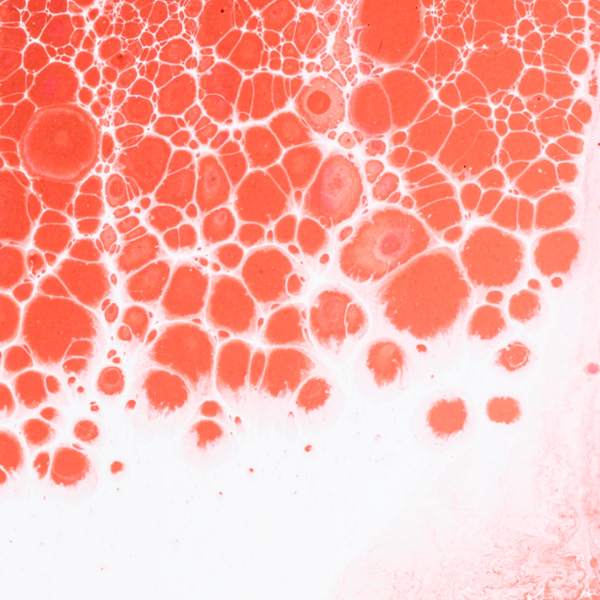Key Benefits
- Verify hydration status and kidney strain from fluid loss or overhydration.
- Spot fluid imbalance; high sodium flags dehydration, low suggests overhydration or salt loss.
- Clarify kidney changes; a high BUN/Creatinine ratio suggests prerenal volume depletion.
- Explain blood concentration; higher albumin can reflect hemoconcentration from fluid loss.
- Clarify symptoms like dizziness, thirst, or low urine by linking labs to dehydration.
- Guide safe rehydration and electrolyte replacement, informing medication adjustments when needed.
- Track recovery; repeated results confirm improvement after fluids, illness, heat, or exercise.
- Best interpreted with potassium, chloride, urine specific gravity, and your symptoms.
What are Dehydration
Dehydration biomarkers are measurable signals that show how your body is handling water and salts and whether your blood and urine have become overly concentrated. They capture two realities at once: the concentration of fluids (tonicity/osmolality) and the body’s conservation response. In blood, sodium and related electrolytes reflect concentration; urea and creatinine (BUN, creatinine) reflect kidney filtration and blood flow; and the proportion of red cells like hematocrit reflects how diluted or concentrated the bloodstream is. In urine, measures of concentration (specific gravity, urine osmolality) and salt content (urine sodium) show how tightly the kidneys are holding onto water and sodium. Hormonal signals round out the picture: vasopressin (antidiuretic hormone, ADH) and its stable proxy copeptin, plus the renin–angiotensin–aldosterone system (RAAS), indicate how strongly the body is commanding “save water and salt.” Together these markers translate thirst, dizziness, or fatigue into objective physiology, revealing true water deficit and the strain placed on circulation and kidneys, and helping guide timely, tailored rehydration.
Why are Dehydration biomarkers important?
Dehydration biomarkers are lab signals of water–salt balance and how the kidneys, brain, and circulation are coping. Hydration governs blood volume and pressure, cell function, temperature control, and the delivery of oxygen and nutrients across organs.
In most adults, sodium is about 135–145, best mid‑range; the BUN/creatinine ratio about 10–20, optimal mid‑teens; albumin about 3.5–5.0, healthiest mid‑range. When body water falls, sodium trends high, the BUN/creatinine ratio climbs above the teens (prerenal pattern), and albumin concentrates. This reduces kidney filtration and intracellular brain water, making the heart work harder, causing thirst and lightheaded standing. Older adults are prone from blunted thirst and diuretics; children shift faster. In pregnancy, expanded plasma volume lowers baseline sodium and albumin, so pregnancy‑specific norms apply.
Low values tell a different story. Sodium below range often reflects excess water or salt loss and can coexist with volume depletion—hyponatremic dehydration—after vomiting, diarrhea, or diuretics, with headache, cramps, confusion, or seizures. A low BUN/creatinine ratio points to low protein intake or liver disease more than dehydration. Low albumin signals inflammation, liver disease, or kidney loss and can blunt hemoconcentration. Women and older adults on thiazides are at higher hyponatremia risk.
Big picture, these numbers integrate kidney perfusion, endocrine salt–water control, and vascular volume. Patterns over time link to kidney injury, stones, falls, and cognitive effects. Together with symptoms, they reveal hydration and resilience under stress.
What Insights Will I Get?
Dehydration alters the body’s fluid and electrolyte balance, affecting blood pressure, kidney filtration, brain function, temperature control, and energy metabolism. Small shifts in water and solute distribution can impair cellular signaling and organ perfusion. At Superpower, we test Sodium, BUN/Creatinine ratio, and Albumin to quantify these shifts.
Sodium is the main extracellular electrolyte governing plasma osmolality; it rises when water is lost faster than sodium and can fall when water is retained or sodium is lost. The BUN/Creatinine ratio compares nitrogenous waste to creatinine; it typically increases when kidney blood flow drops from reduced circulating volume (prerenal state). Albumin is the predominant plasma protein; its concentration can appear higher with hemoconcentration during dehydration and lower with dilution, inflammation, or loss.
Interpreted together, normal Sodium supports stable osmotic gradients and neuronal function; elevations suggest water deficit, while low values point to dilutional states or sodium loss. A higher BUN/Creatinine ratio indicates reduced renal perfusion and volume depletion stress on filtration; a normal ratio argues for adequate kidney blood flow. Albumin in the expected range supports oncotic pressure and intravascular volume stability; an isolated rise often reflects concentration from fluid loss, whereas low albumin signals separate issues with protein synthesis or loss that can destabilize fluid distribution.
Notes: Interpretation is influenced by age, pregnancy (hemodilution), acute illness (vomiting, diarrhea), chronic kidney or liver disease, high protein intake, and medications such as diuretics or NSAIDs. Lab methods and hydration at the time of draw also affect results.







.avif)



.svg)





.svg)


.svg)


.svg)

.avif)
.svg)










.avif)
.avif)
.avif)


.avif)
.png)


